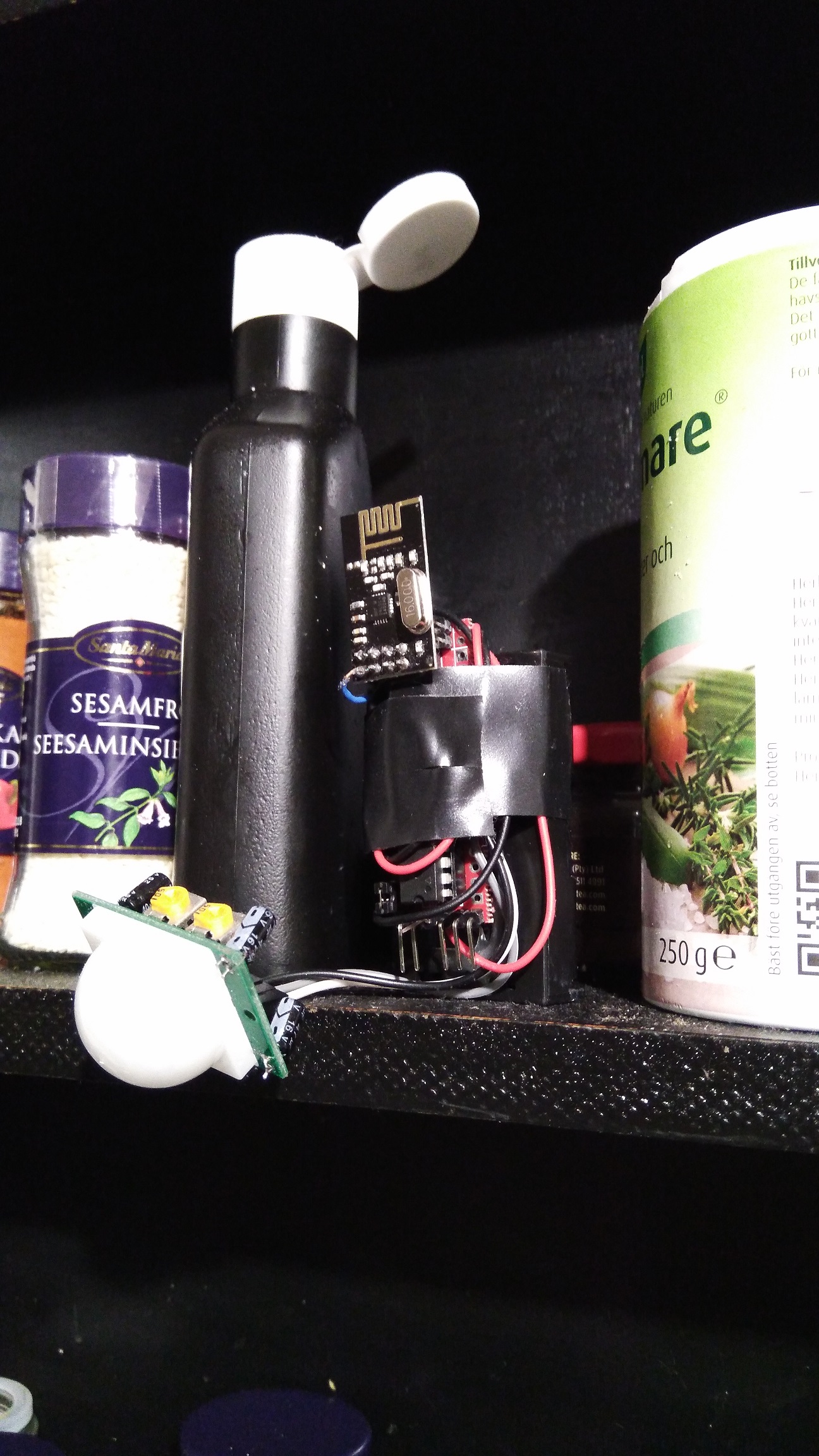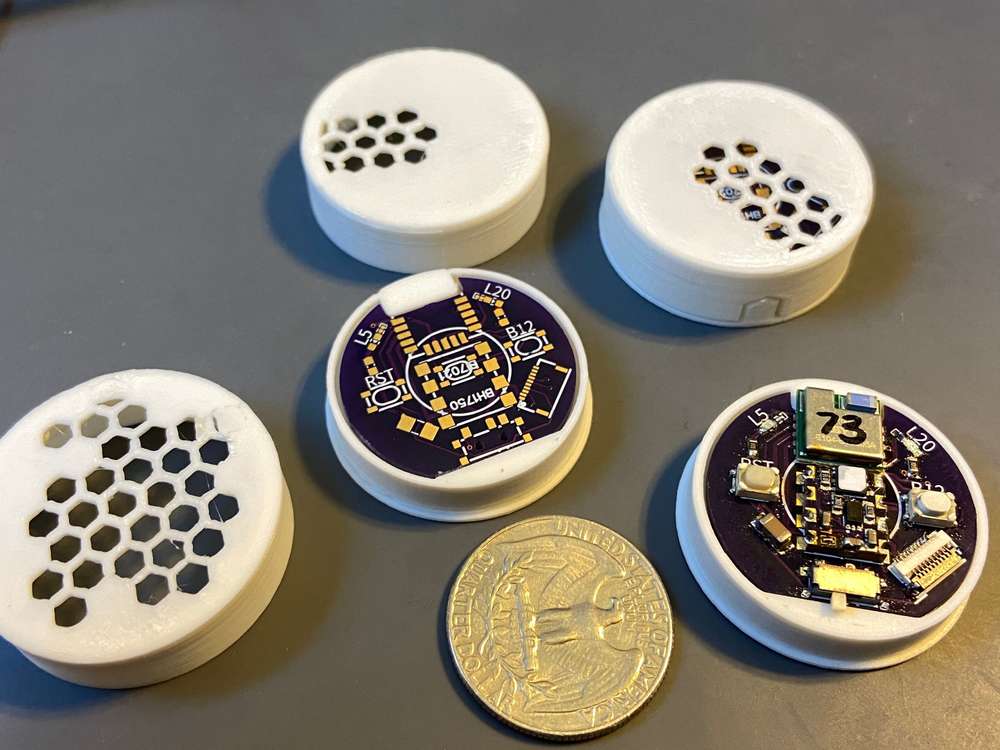What did you build today (Pictures) ?
-
A bed occupancy sensor. 4 50kg load cells, an HX711, and a Wemos D1 to make a wifi scale that rests on a bed slat under the boxspring.
Given the placement and weight distribution it doesn't turn the bed into a huge bath scale, but definitely accurate enough to use the deltas to estimate if there is someone in the bed. I can also tell when our 12lb (5.5kg) dog is on the bed.
I have rules in openhab to turn the overhead fan on and off. Also disables some TTS notifications if somebody is in bed.
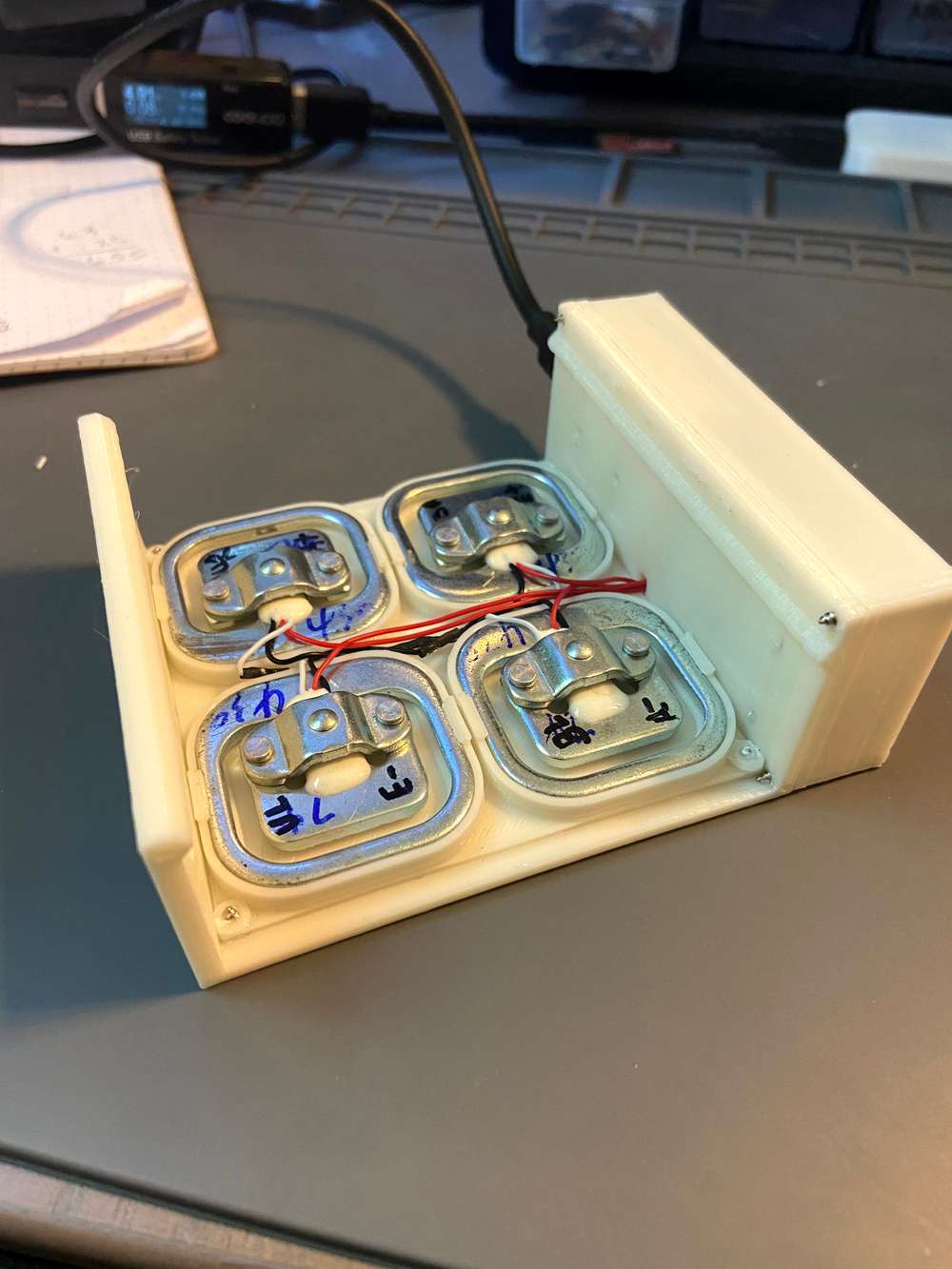
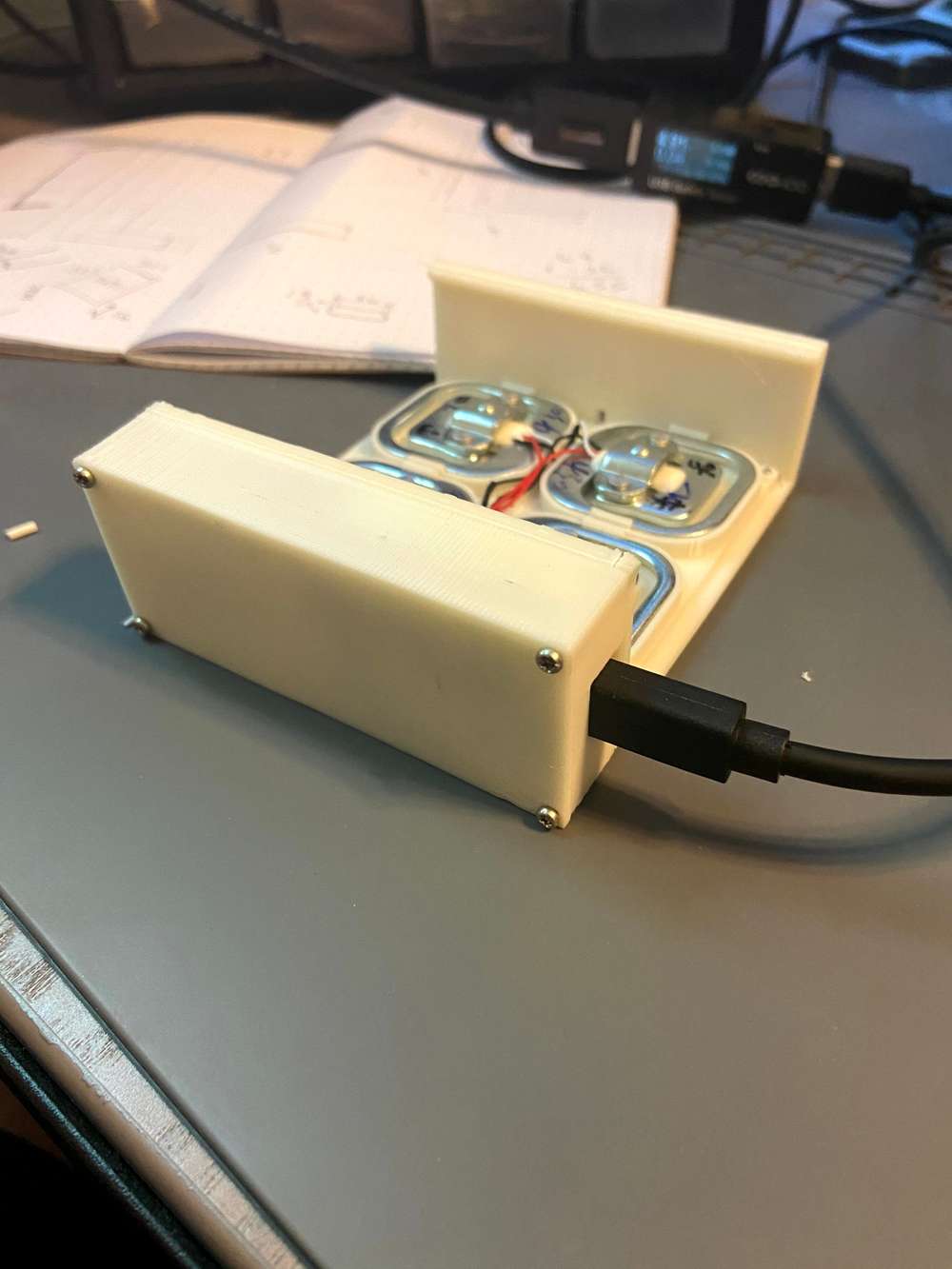
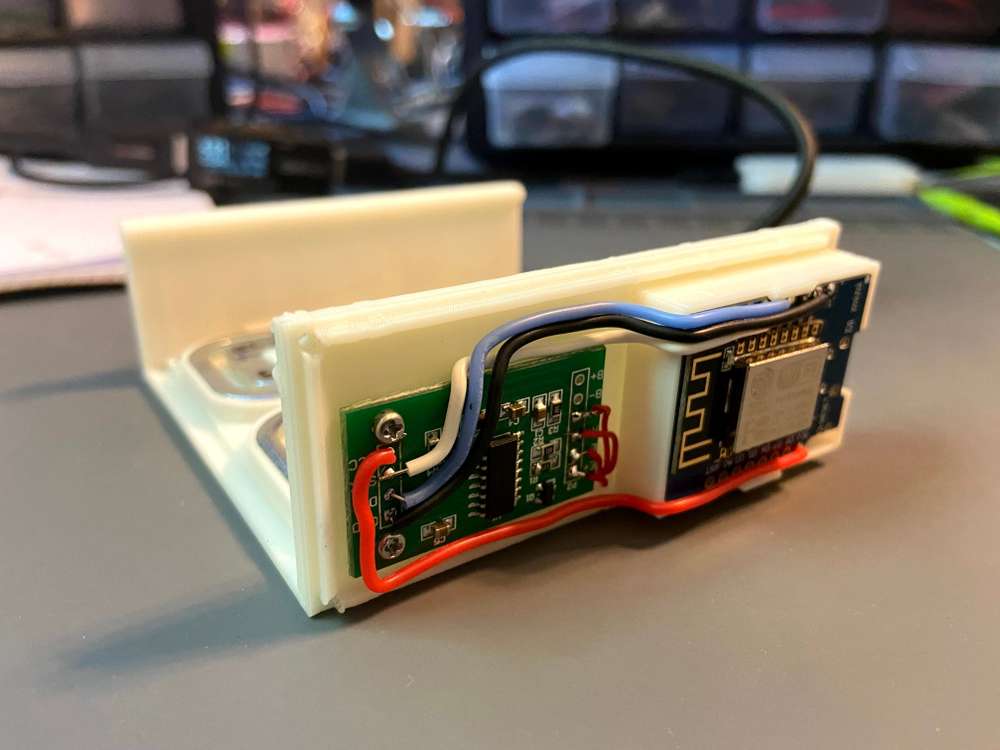
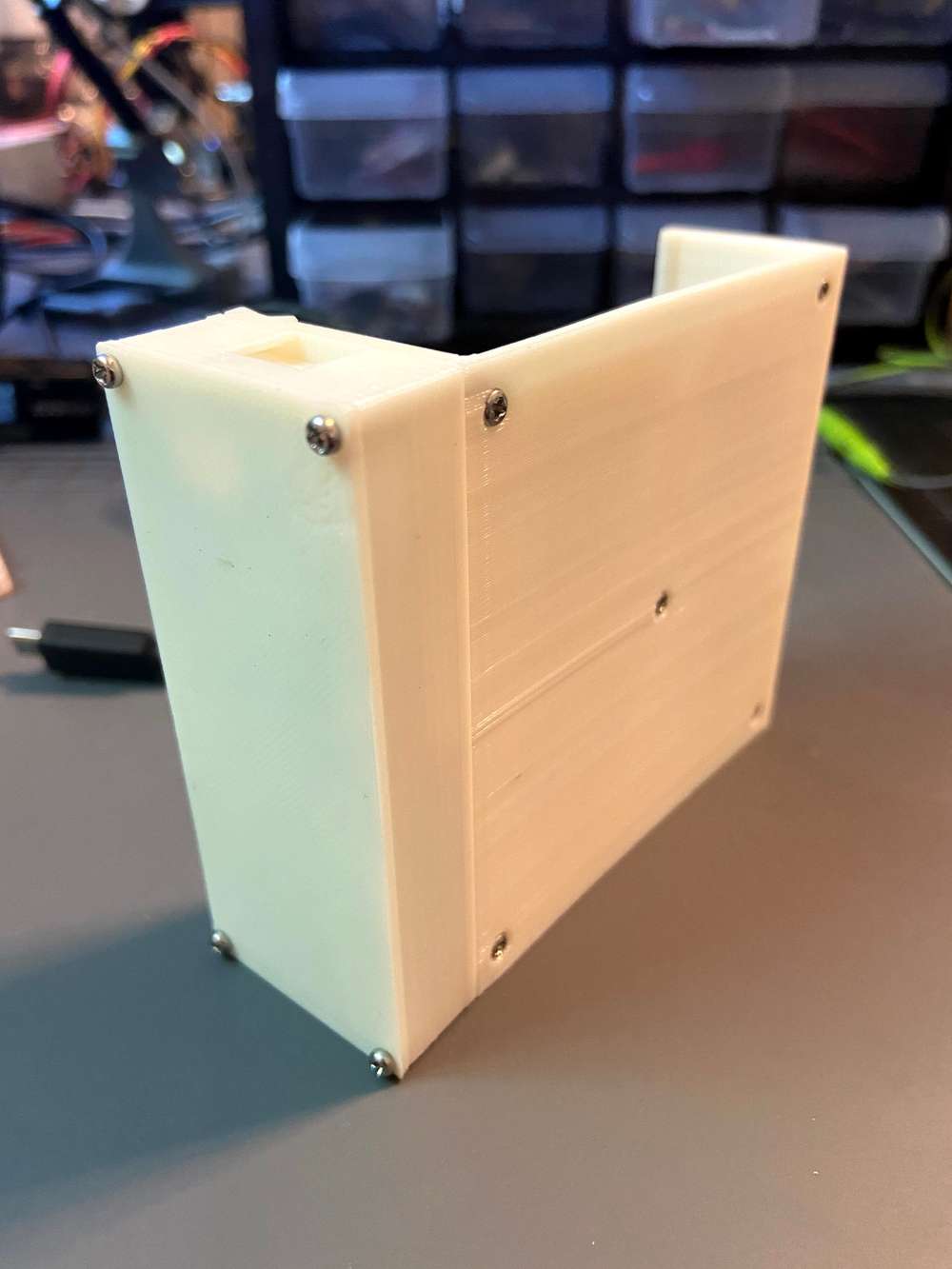
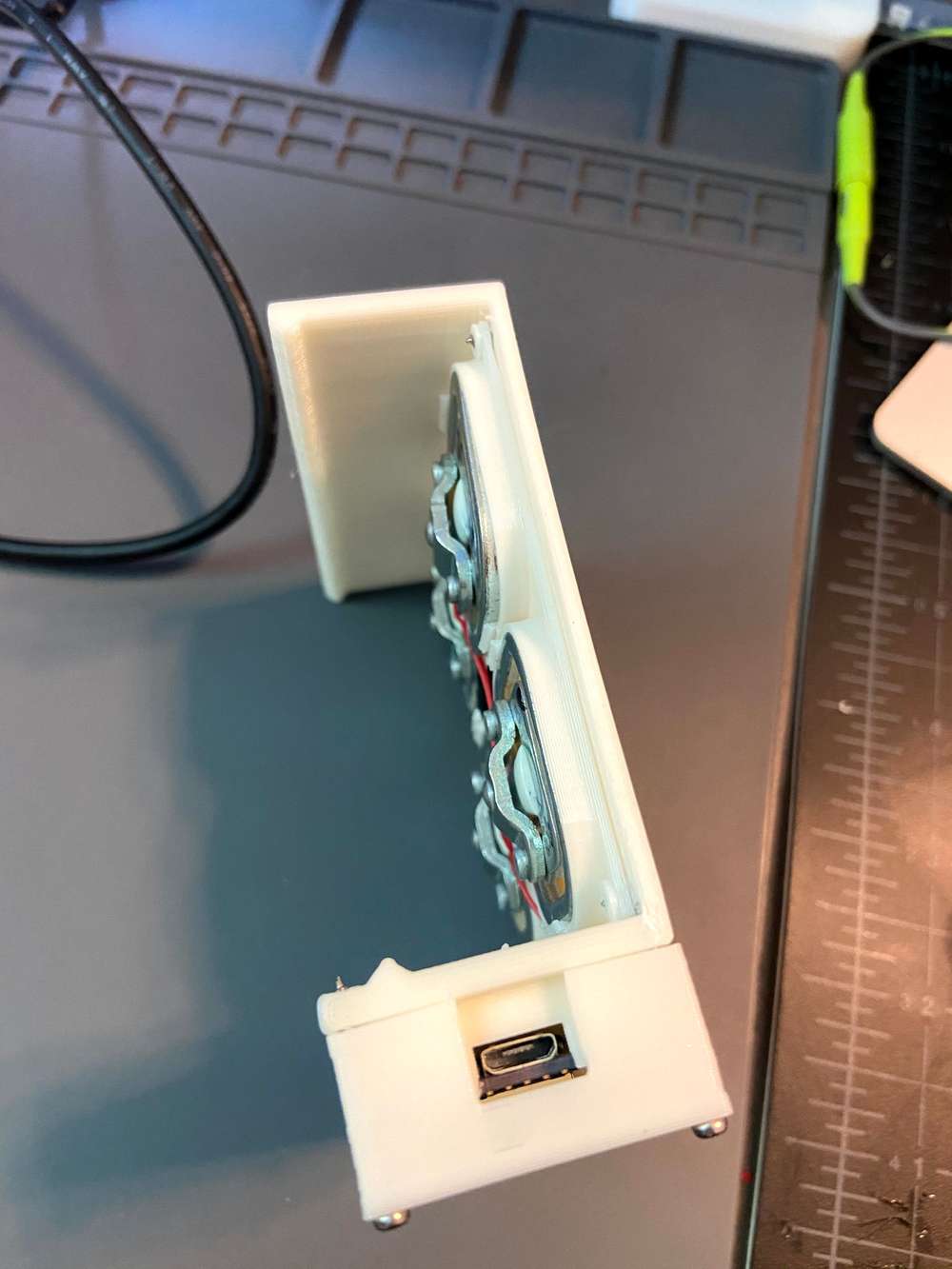
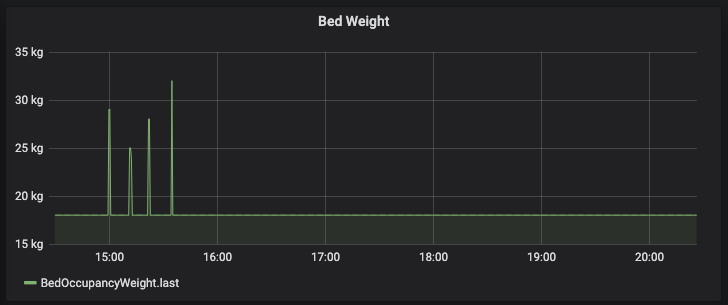
-
- At 50kg per cell, 4 would allow me to actually turn the bed into a huge scale if I decided to go down that route
- I don't believe these are intended to support a significant load for extended periods of time, they can permanently deflect. Given they always have the weight of a king size mattress + boxspring, I wanted to distribute that as much as possible
-
Current issue: outdoor nodes random stops/disappears - maybe during the time when its high humidity, so trying to try some different approaches i read - this multisensor is getting painted with clear nail polish. Also this PCB is a new board im testing, that Im hoping to be the base for my "final" home automation nodes. Still in dev. but great possibilities!
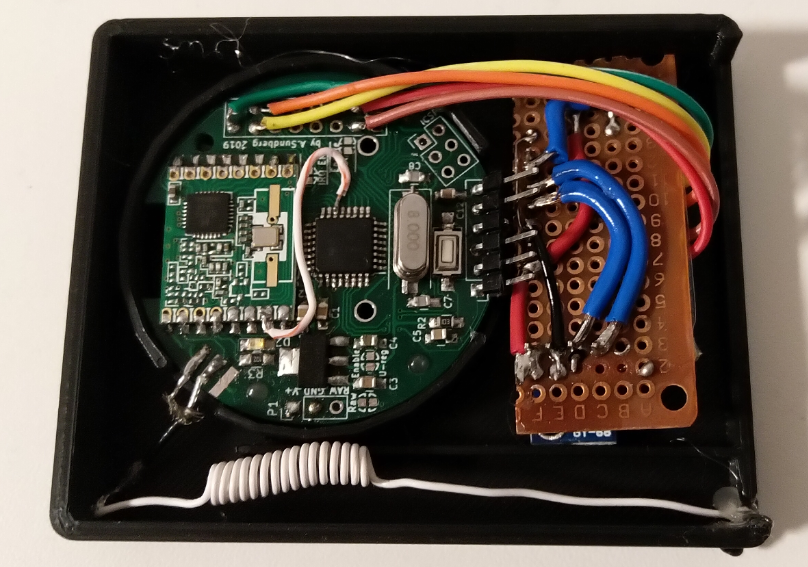
-
Current issue: outdoor nodes random stops/disappears - maybe during the time when its high humidity, so trying to try some different approaches i read - this multisensor is getting painted with clear nail polish. Also this PCB is a new board im testing, that Im hoping to be the base for my "final" home automation nodes. Still in dev. but great possibilities!

@sundberg84 Gaskets that are held under tight compression seem to work well at holding out moisture. I've seen a number of commercial products that rely on that and only that for in-ground radio sensors.
-
@sundberg84 Gaskets that are held under tight compression seem to work well at holding out moisture. I've seen a number of commercial products that rely on that and only that for in-ground radio sensors.
Here's an example from the new Flume (version 2) water meter monitor:

It gets strapped to your water meter, typically in the ground. All it has is one gasket to seal out everything. This particular box just snaps closed. No screws! Quite a difference from Version 1, which also used a gasket, but had 12 screws holding it snug. -

Today im testing and outdoor node in a new PCB, but I had mixed csk and ce on the radio (it's a dual radio PCB).
@sundberg84 Really like the shape and look of the PCB! I hope I can achieve similar result for my room sensor.
-
And another of my completed projects is a mini weather station running on nRF52832 and nRF52840, you can install bme280 or si7021, htu21d. Powered by a single cr2450 battery. As always soon to be on openhardware.io
Video: https://youtu.be/HNjYtKyh8zo
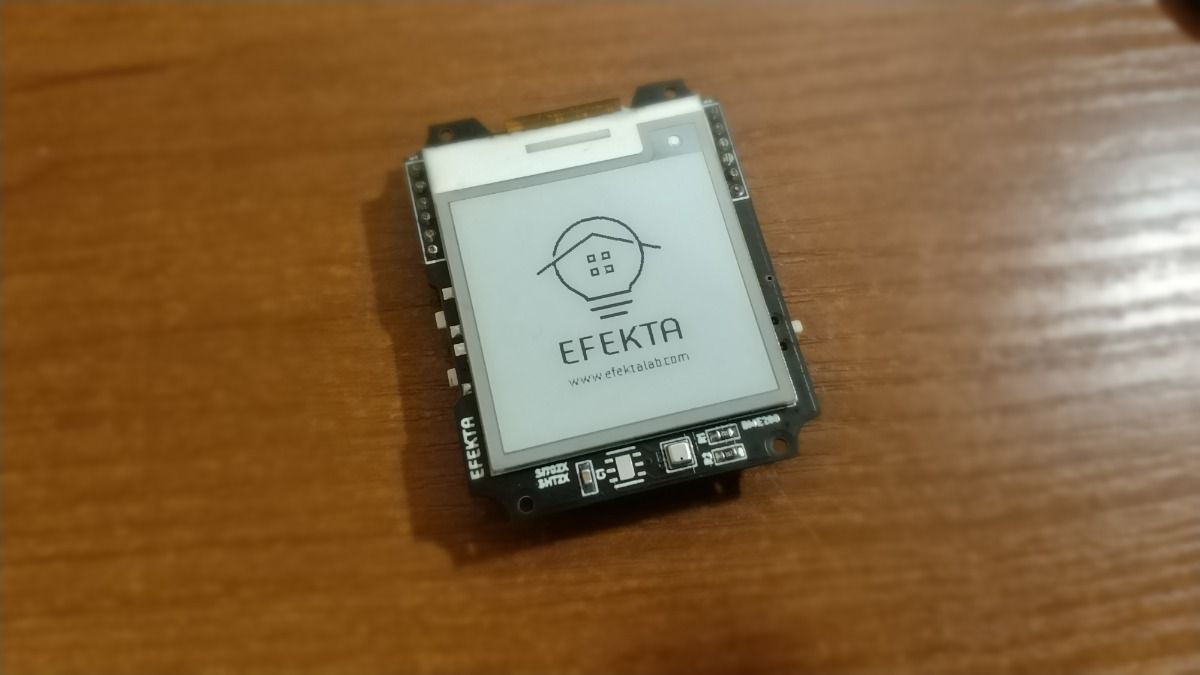
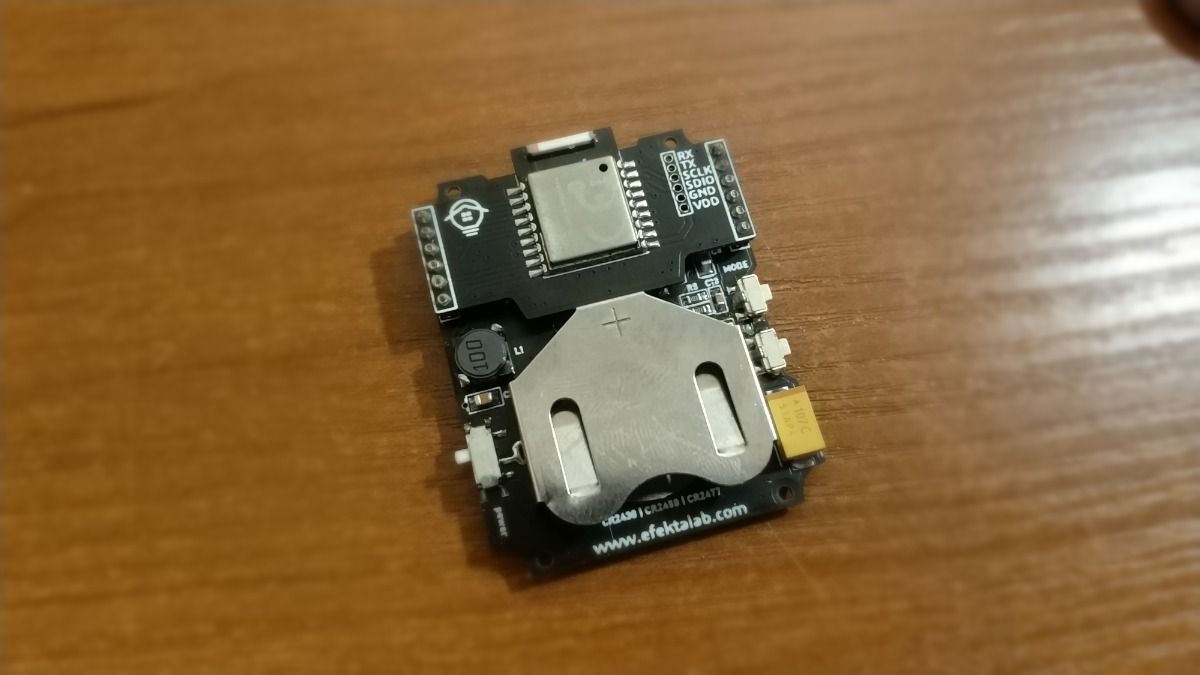

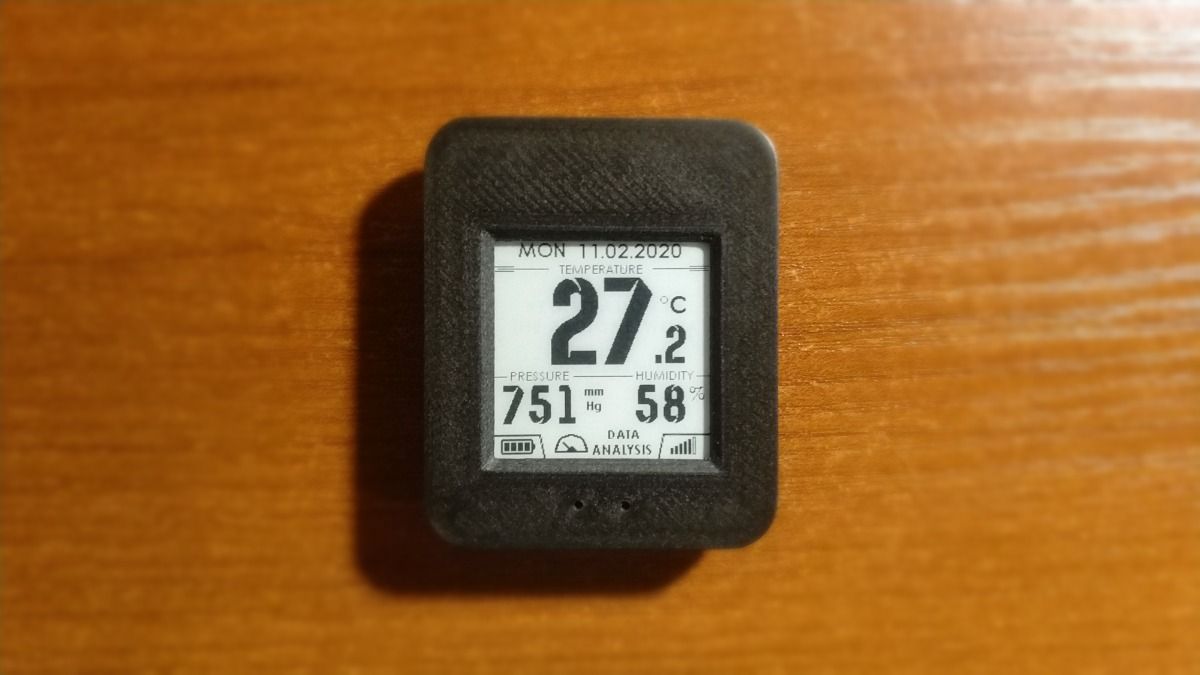

-
And another of my completed projects is a mini weather station running on nRF52832 and nRF52840, you can install bme280 or si7021, htu21d. Powered by a single cr2450 battery. As always soon to be on openhardware.io
Video: https://youtu.be/HNjYtKyh8zo





-
@berkseo By calling it a mini weather station now you'll need to add an anemometer and rain gauge... :-)
-
Hi guys,
this is my last node. A 3d printable smart USB power hub.
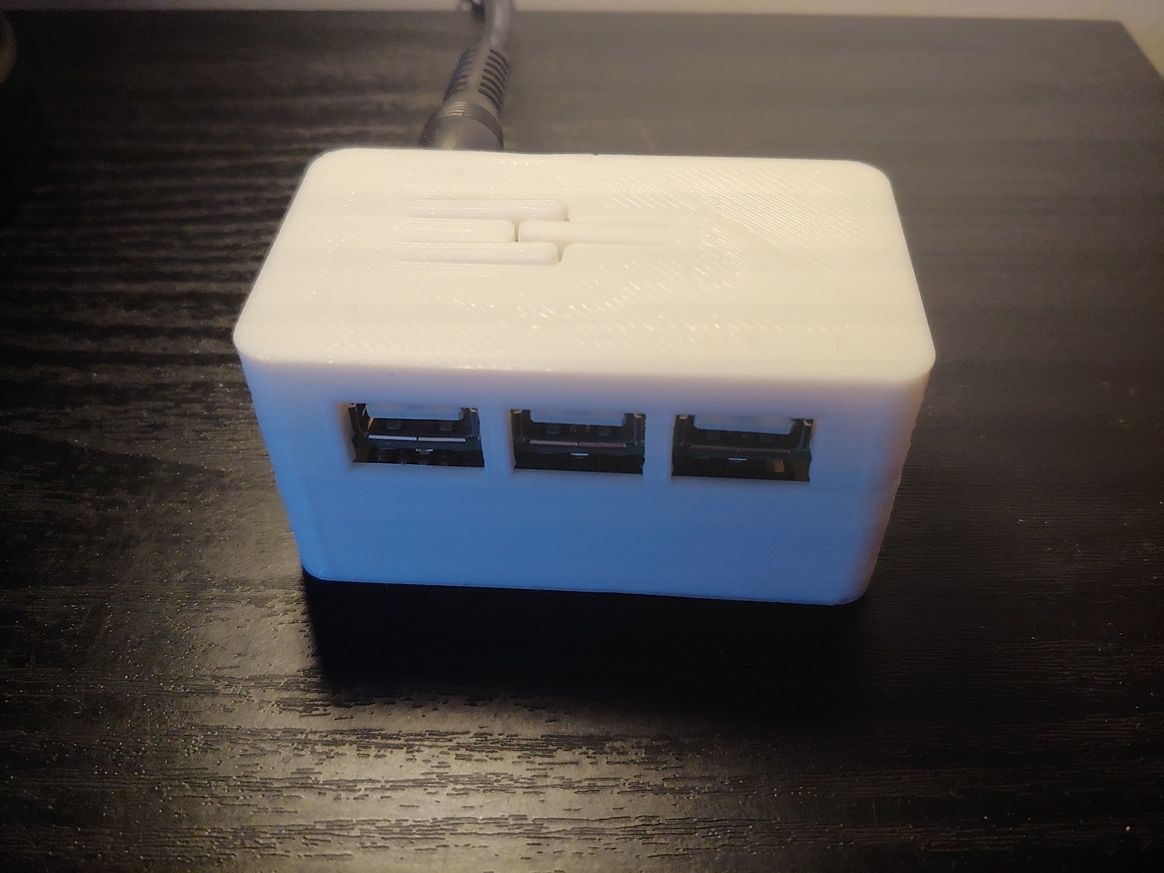
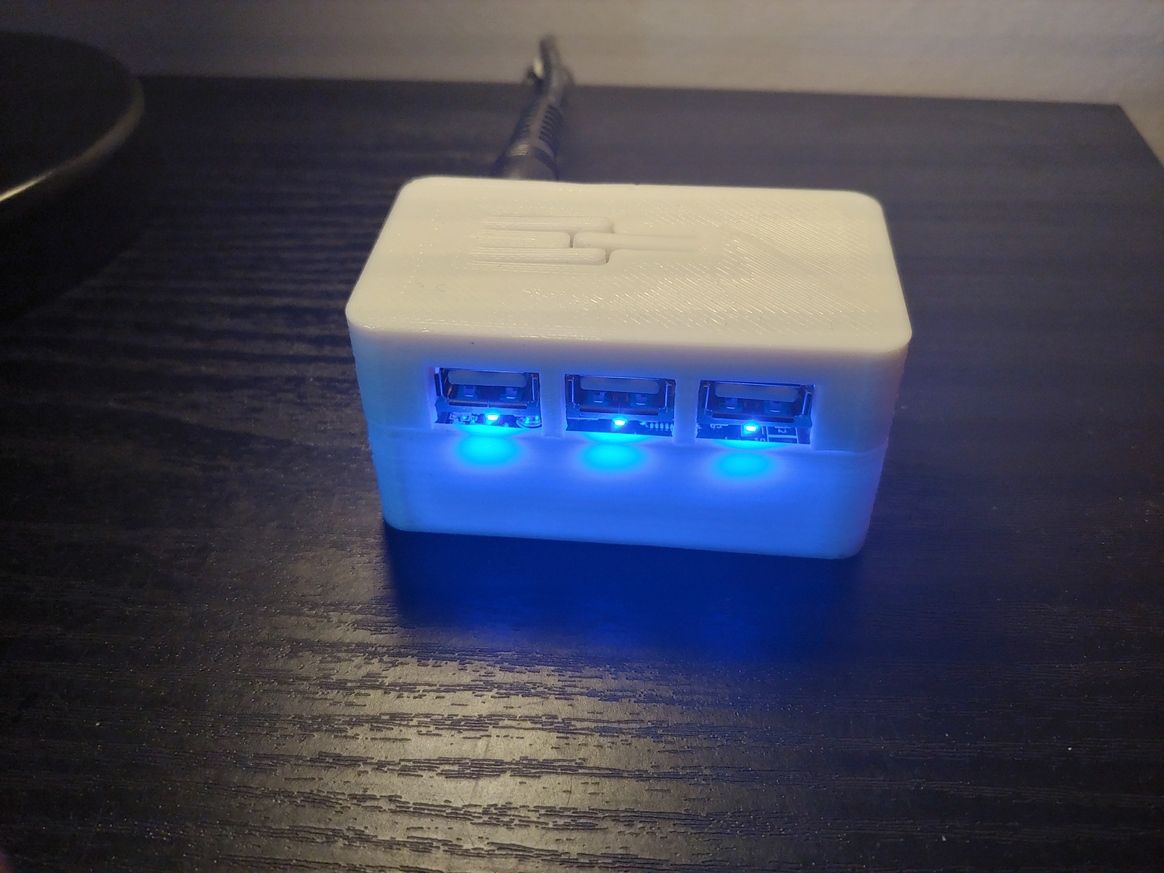
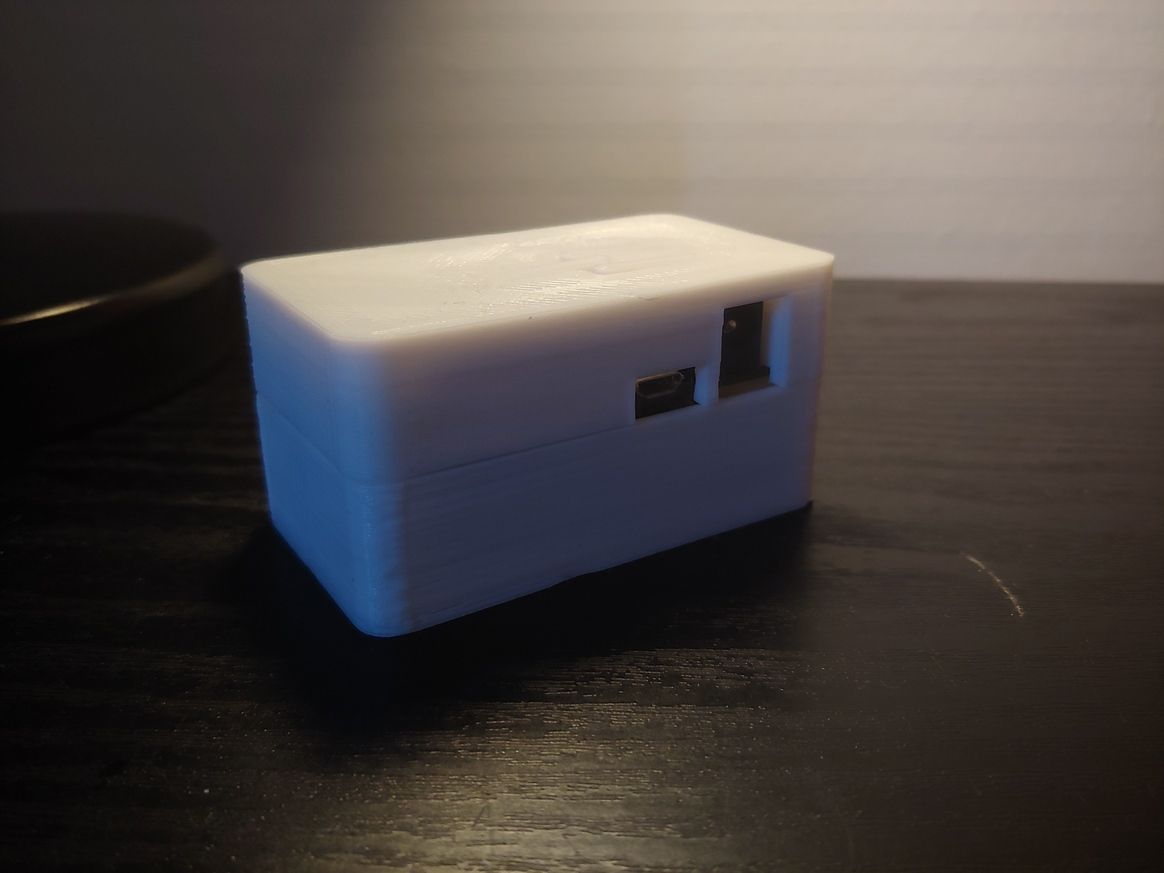
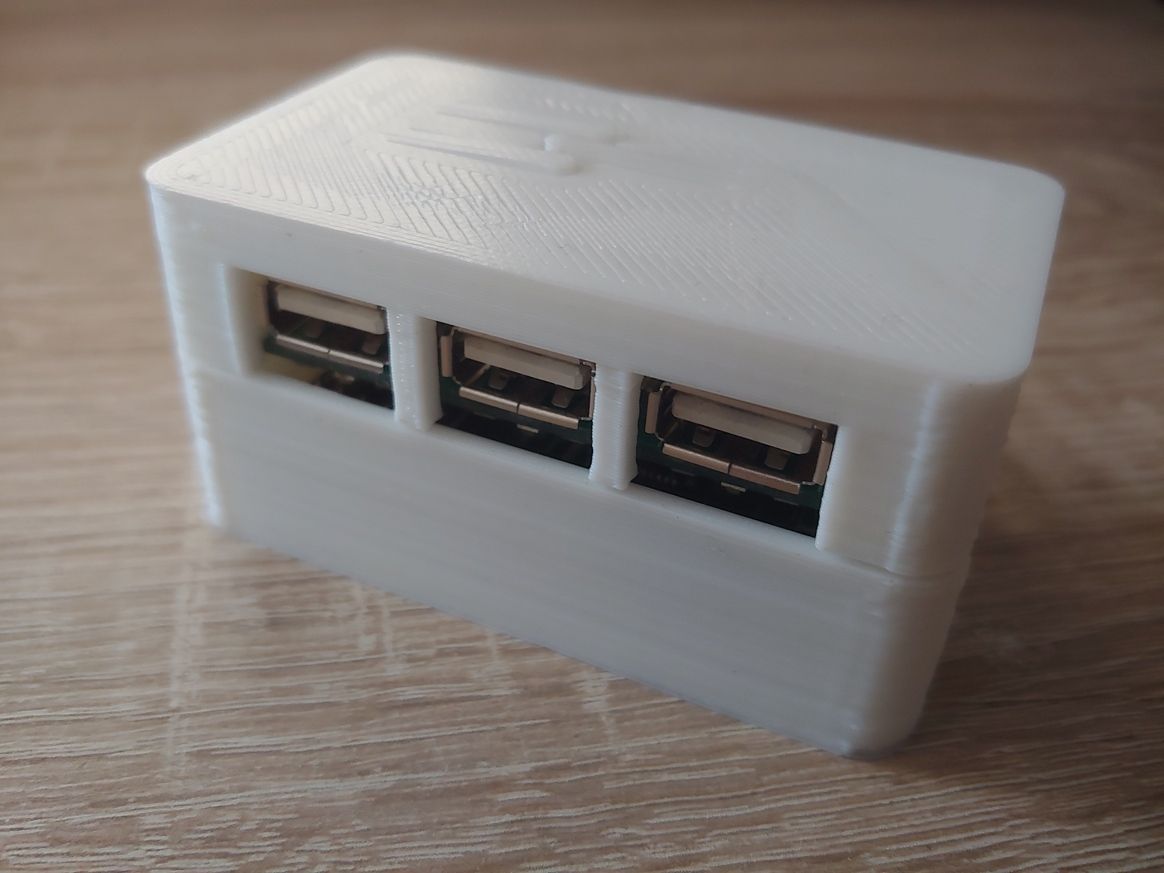
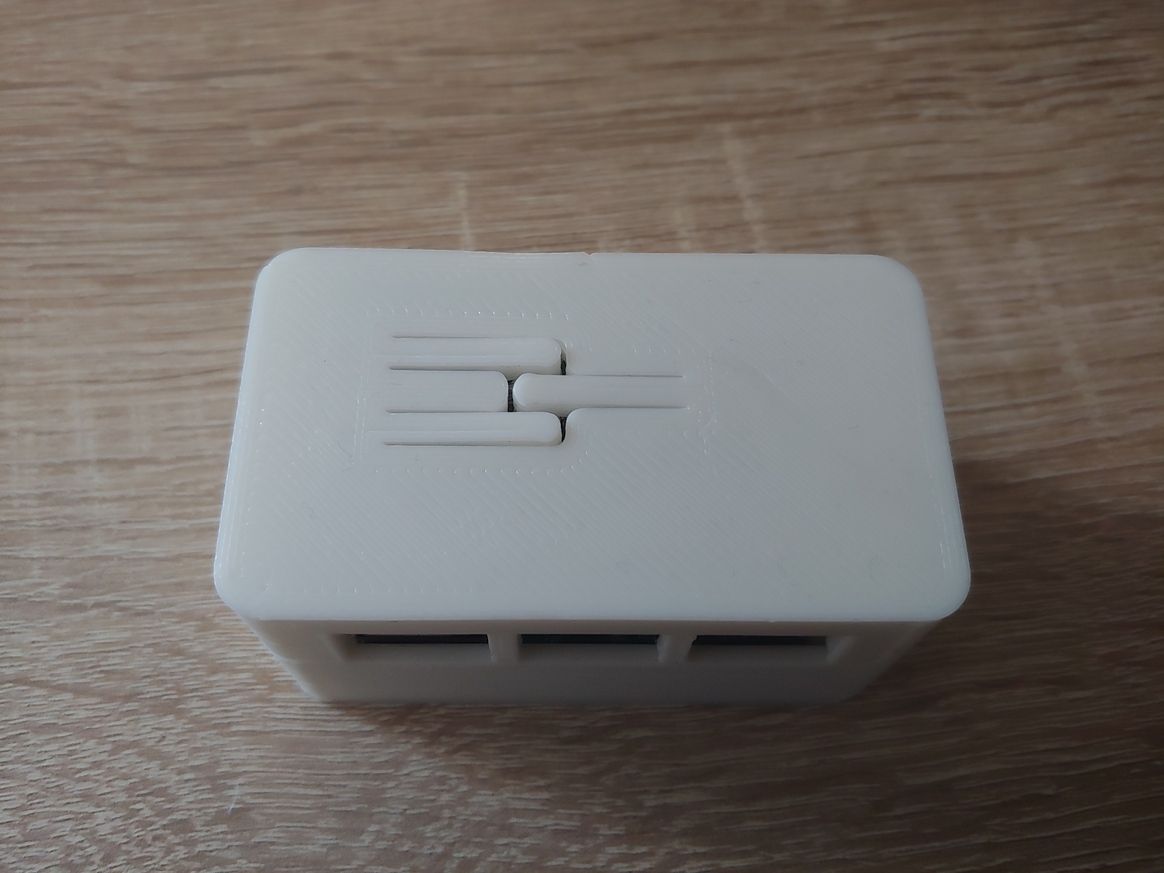
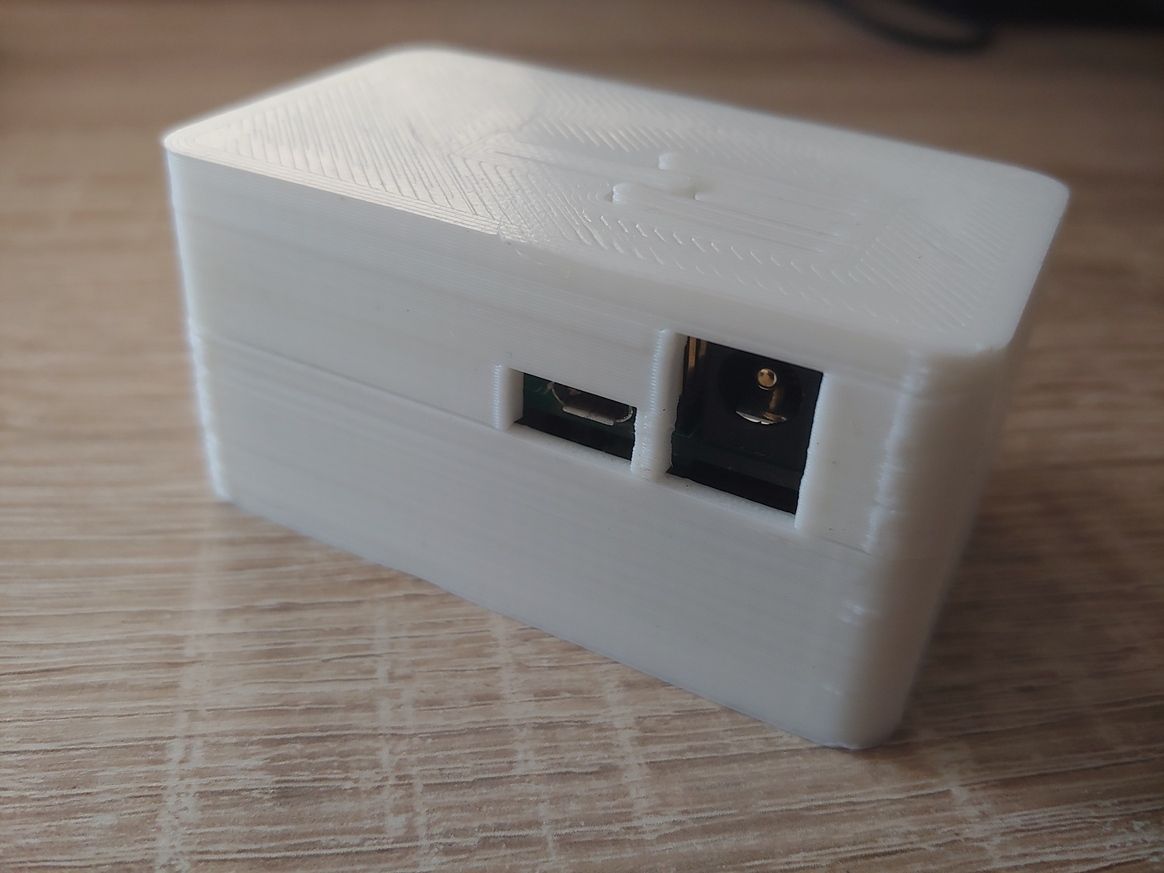
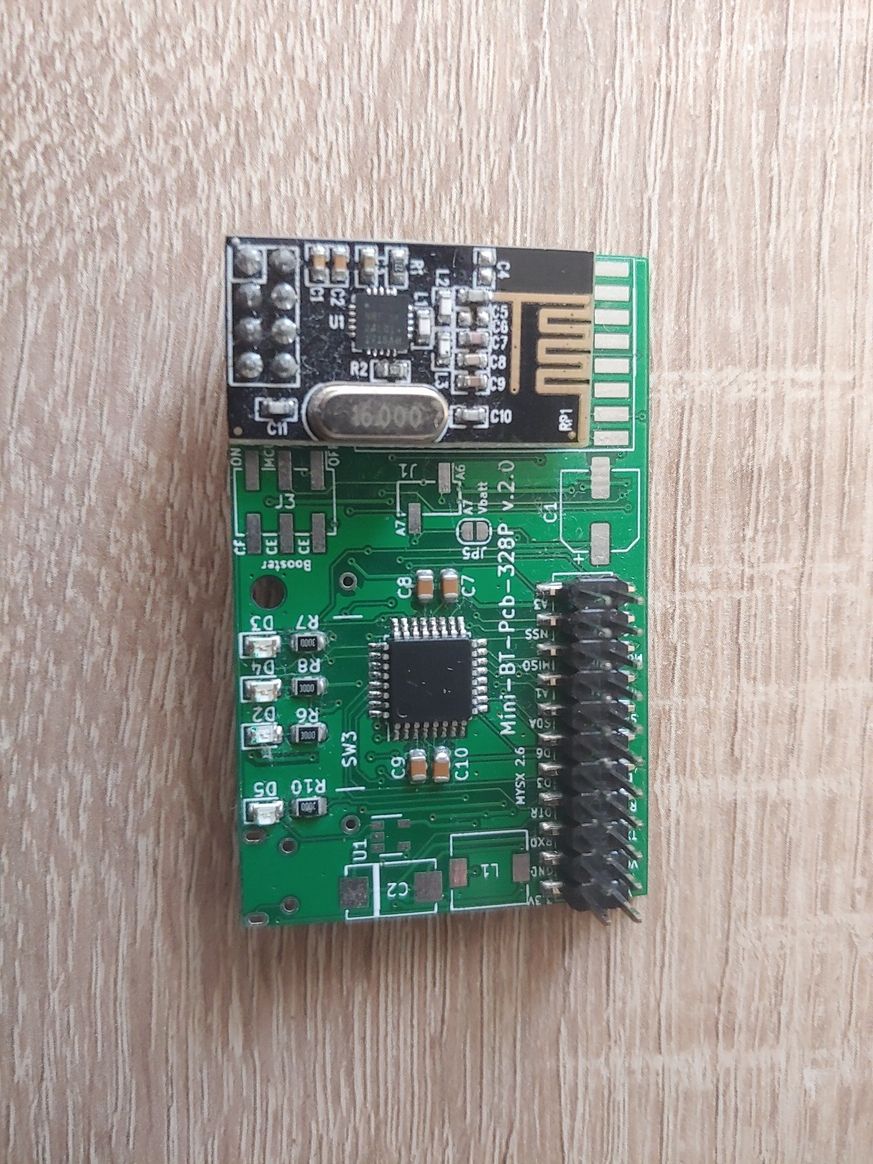
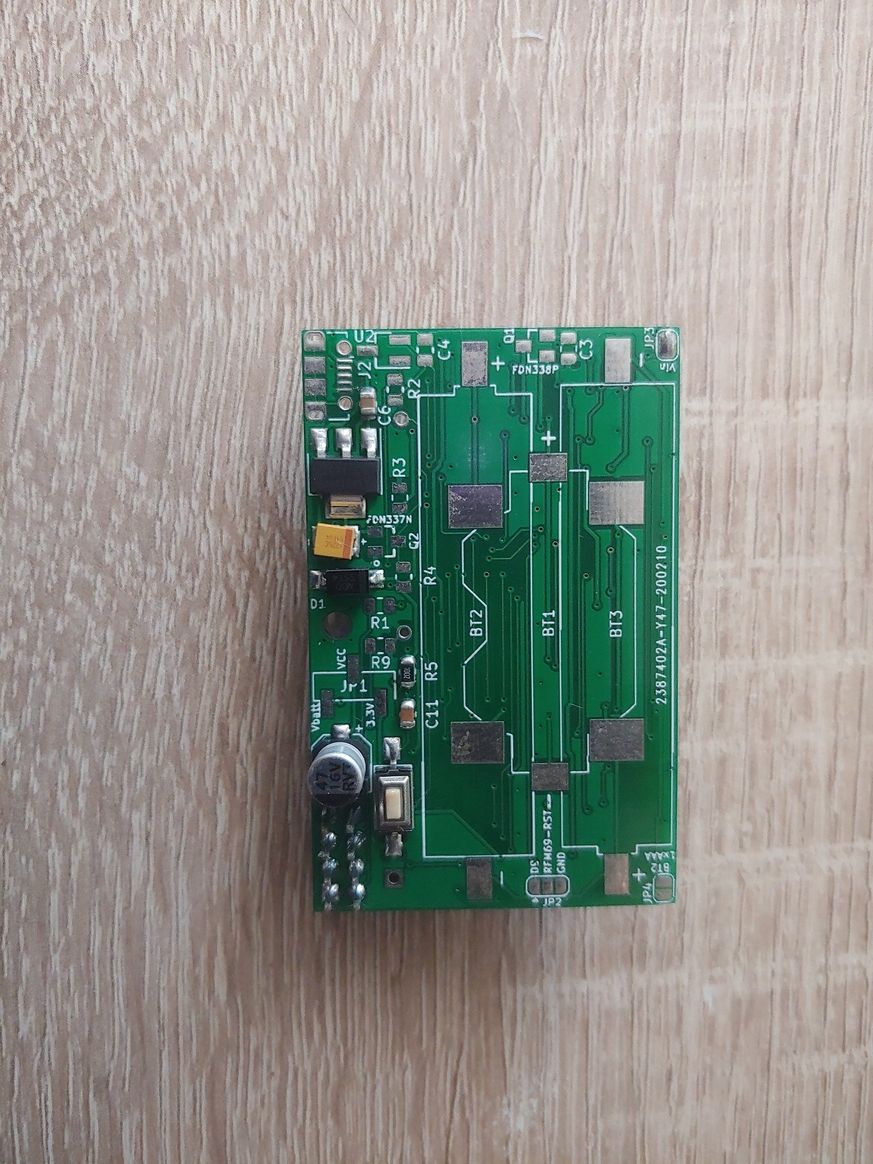
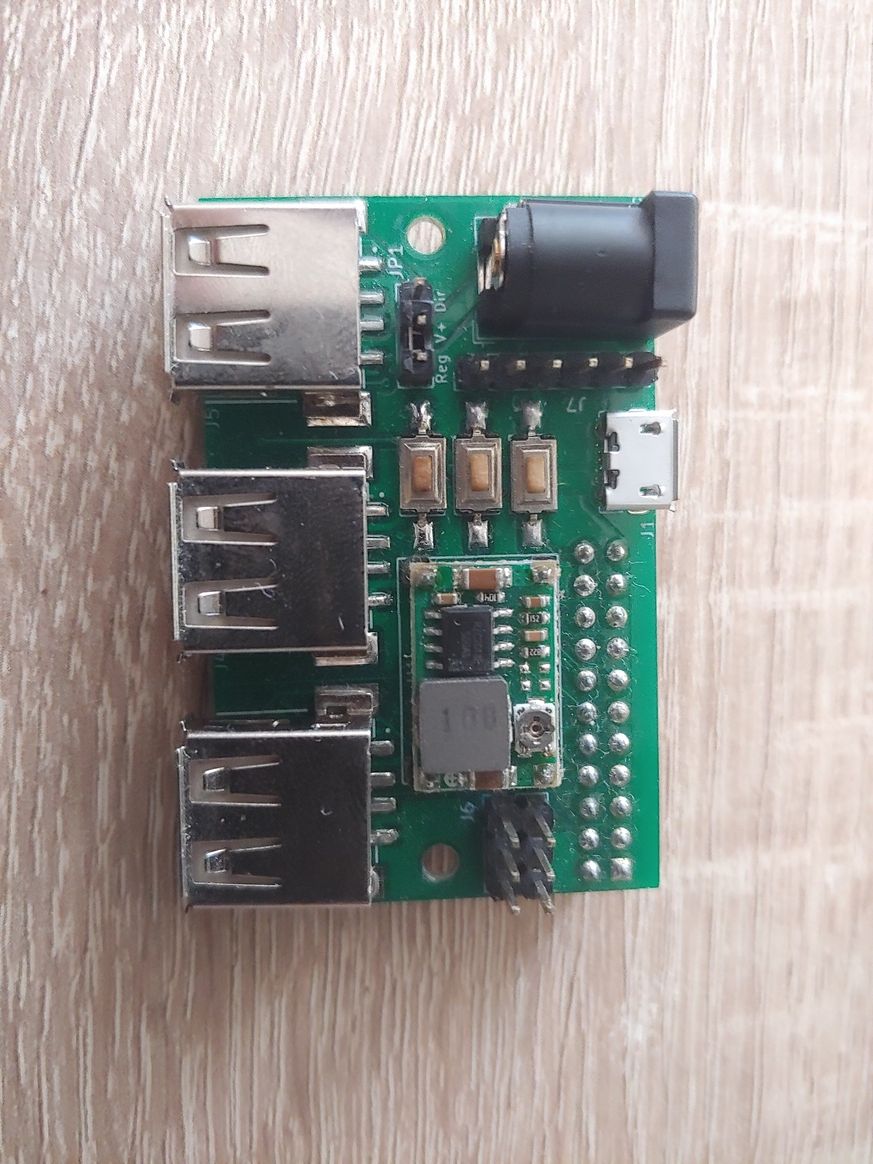
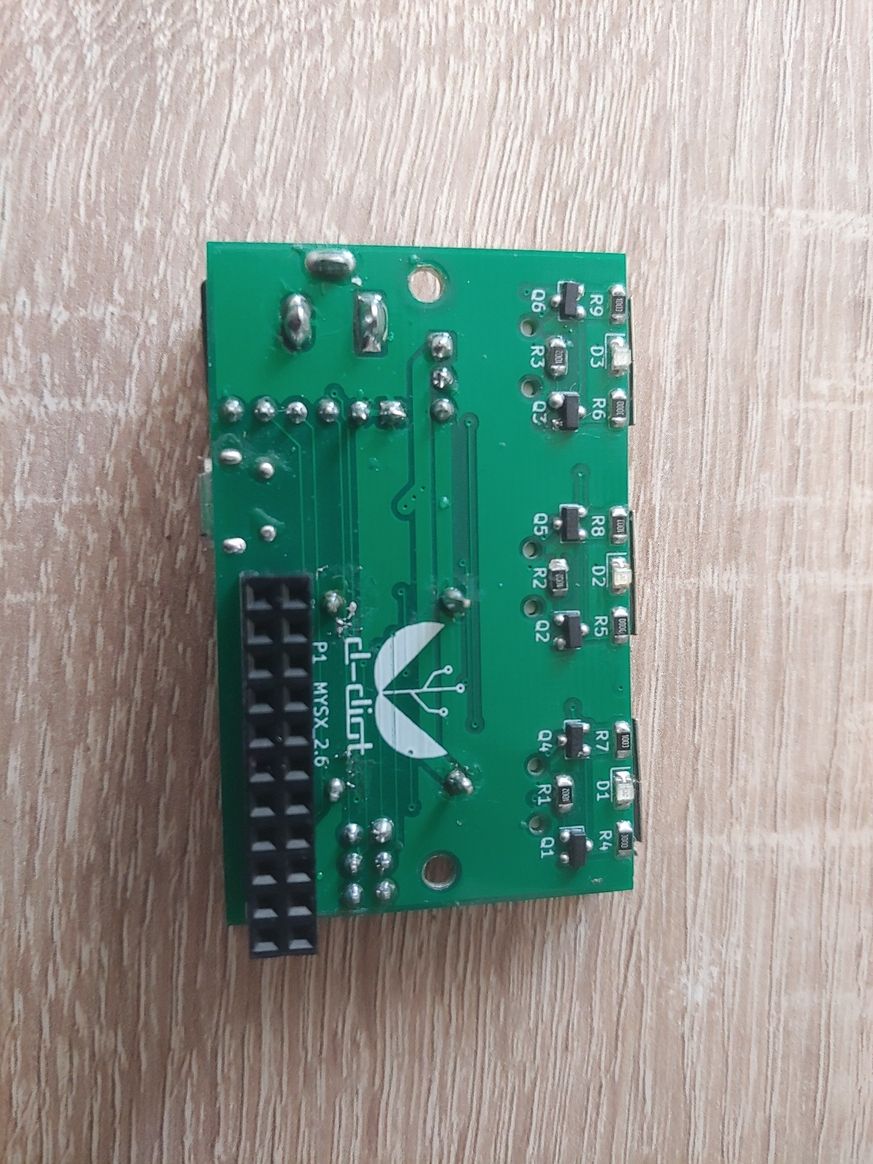
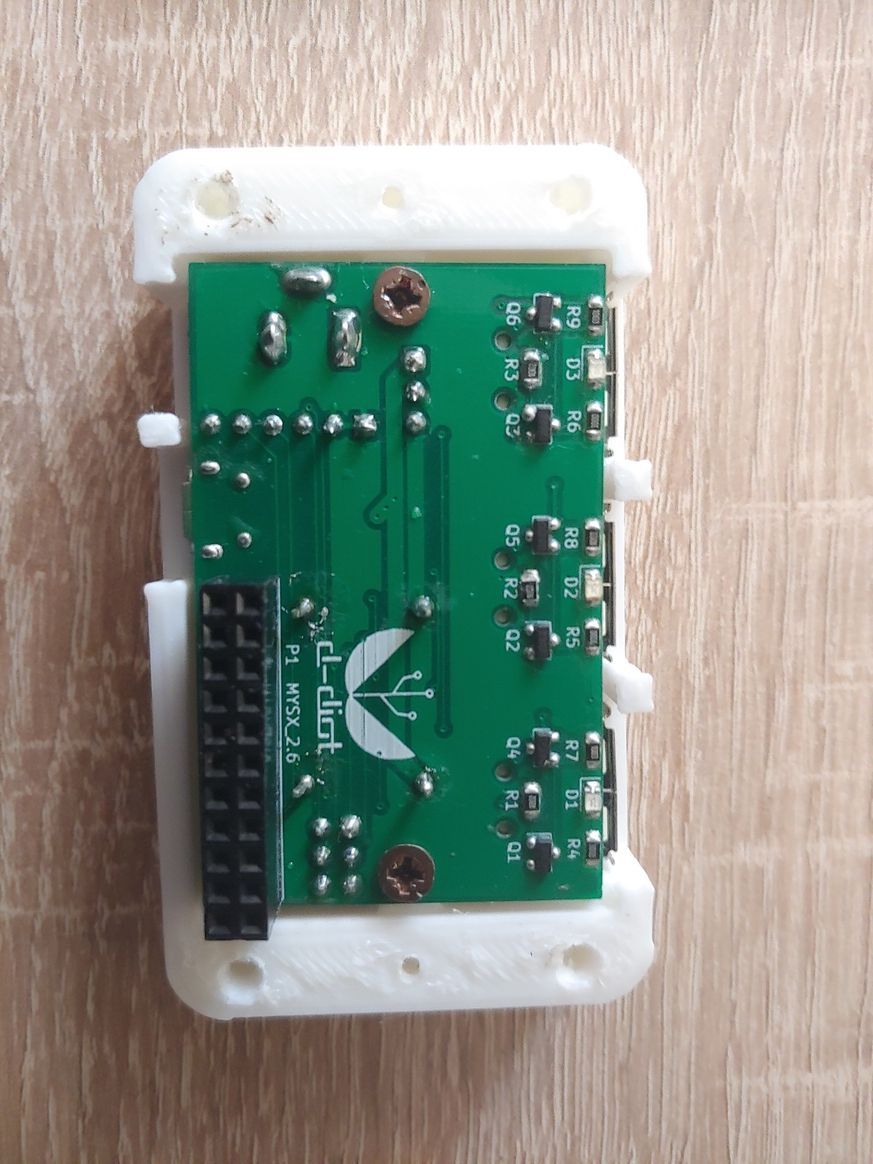
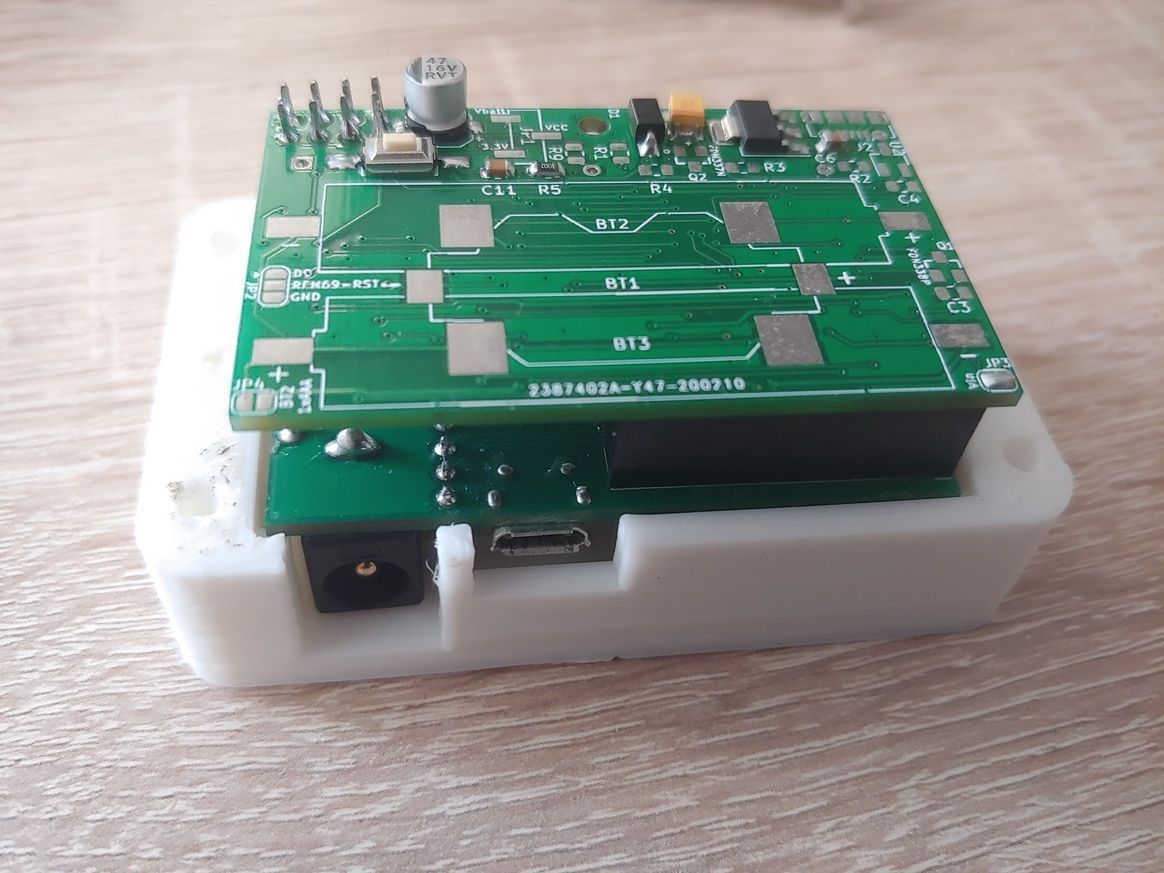
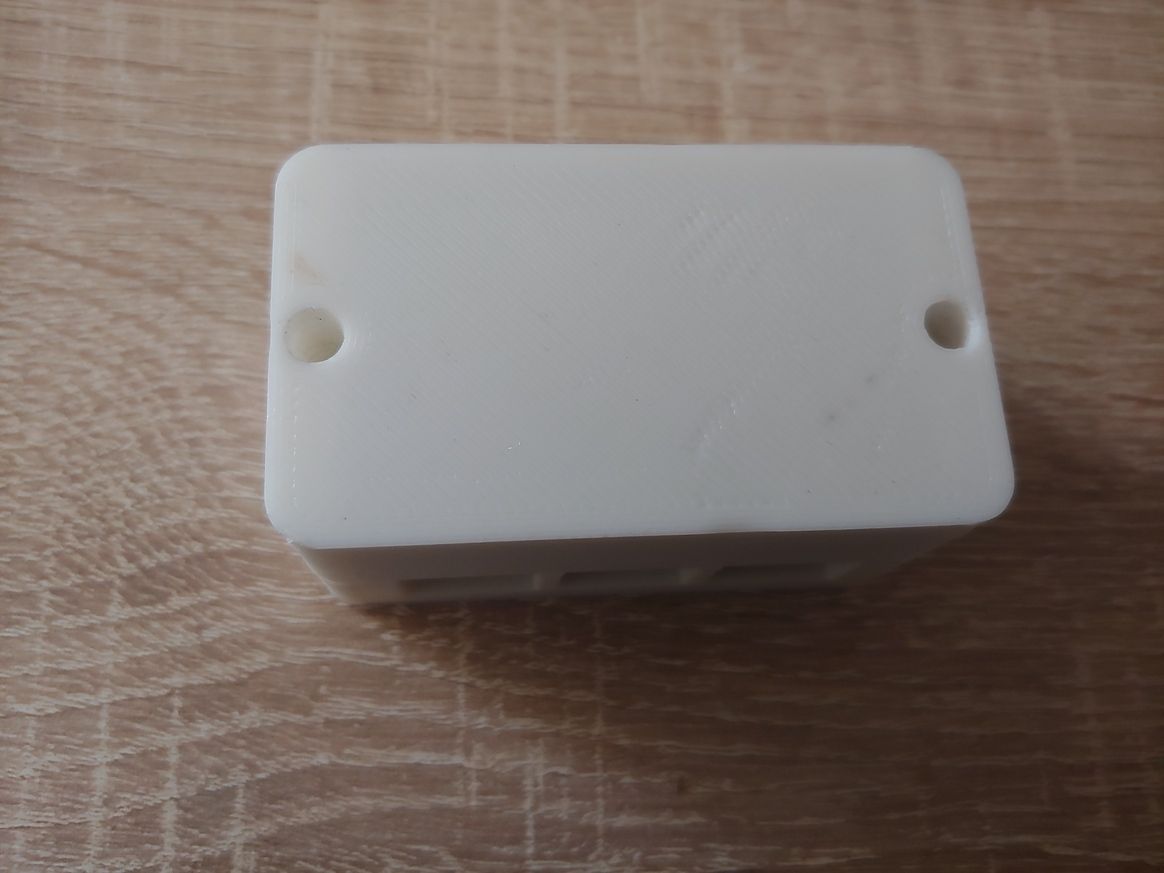
If someone is interested, here all the details.
-
I am testing a node with a DigiPyro, PYD 1598 motion detector. It is advertised to be low power and runs from 1.8 to 3.6 volts, so should run well with a coin cell. They have to be programmed with several options and I have not found a lot of documentation. I went with what seemed like the most sensitive choices and it seems to work so far. More research needed . ...
https://www.excelitas.com/product/pyd-1588-pyd-1598-low-power-digipyrosI bought a couple of these from DigiKey for around $4 each. Now they are more than $12 each and there is no stock. So, these may not be as good a choice as they seemed at first. We'll see . ...
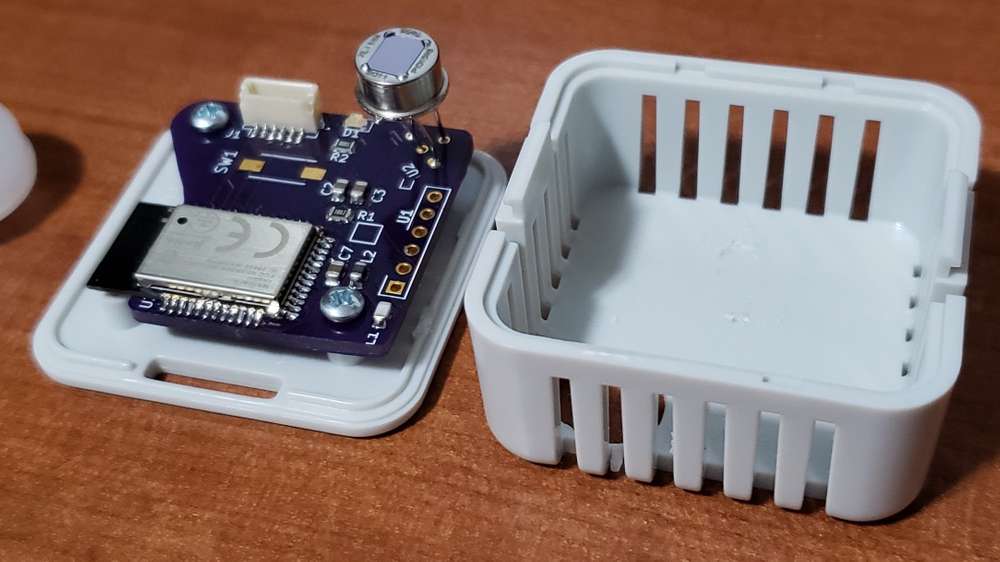
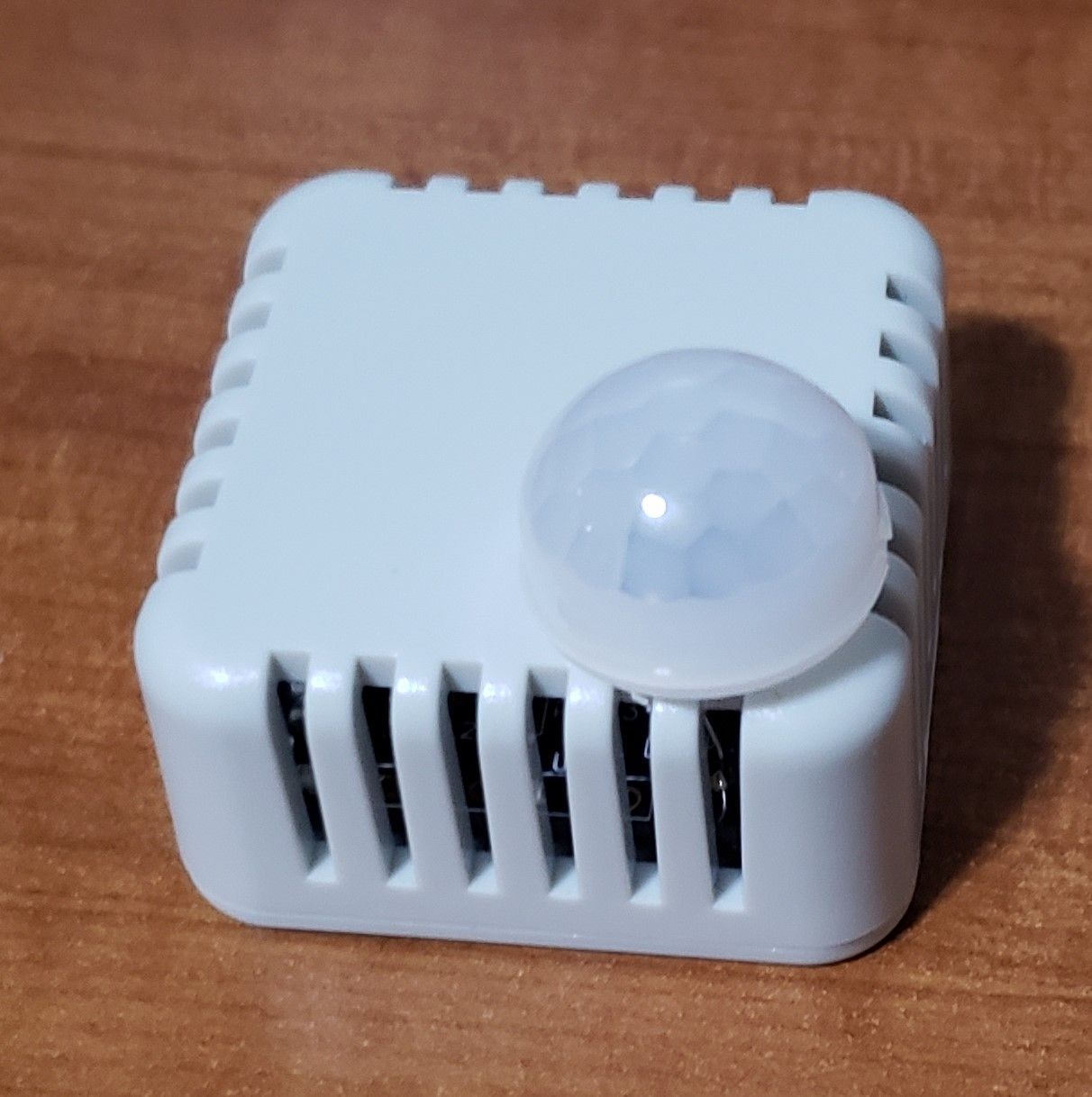
-
The milling topic got my interest and I have been working on getting a machine for myself.
So far I have just assembled the machine and realised milling is a bit more difficult to start then 3d printing.
anyway, I would like to share my progress. I am building video's now :)No circuitsboards yet, but here is a introduction of my way to victory.
https://www.youtube.com/watch?v=45tTuHpgH1c&feature=youtu.be
-
Winter time is tinker time!
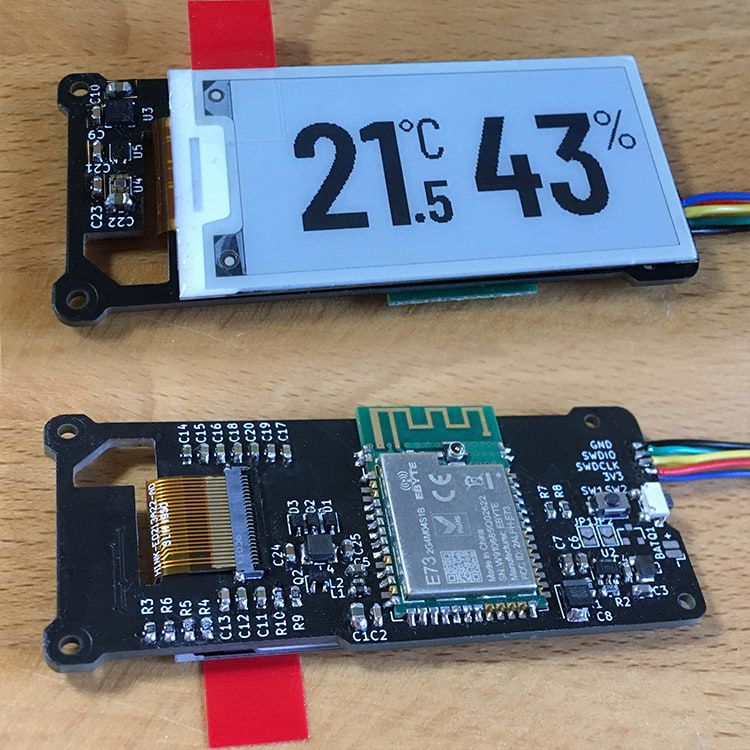
This is a compact environmental sensor node with an E-Paper display. My goal was to have a decent screen-to-body ratio with a simple and minimalistic display, easy to read from a distance. It is the first design in which I did not use an ATmega MCU. It is also the first time that I used KiCAD instead of EAGLE, soldered no-lead SMD components and worked with an EPD.
- It features a SHTC3 sensor to measure temperature and relative humidity and a VEML6030 to measure the ambient light, so that I can toggle lights or other appliances in the room based on temperature, humidity or light conditions.
- I have also added a MEMS sensor (LIS3DH) to auto-detect the device orientation and rotate the EPD image accordingly and / or detect tap events to toggle between different display modes / data sets.
- It can be powered directly from a 3V source or use the optional 3.3V boost circuit which accepts 1.5V or 3V sources.
I finished soldering and testing all the components today and just started programming the rough "framework". Looks promising so far! But still lots to do, including finalizing the 3D printed enclosure. This is how it is supposed to look in the end:
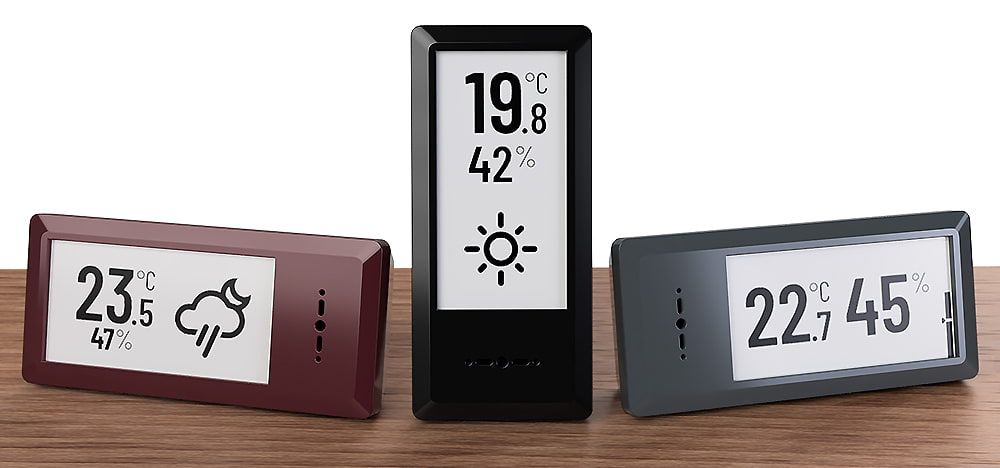
-
Hi guys. I recently made a plant watering control sensor with an electronic paper display. Today I did my first tests, ..everything went well :)
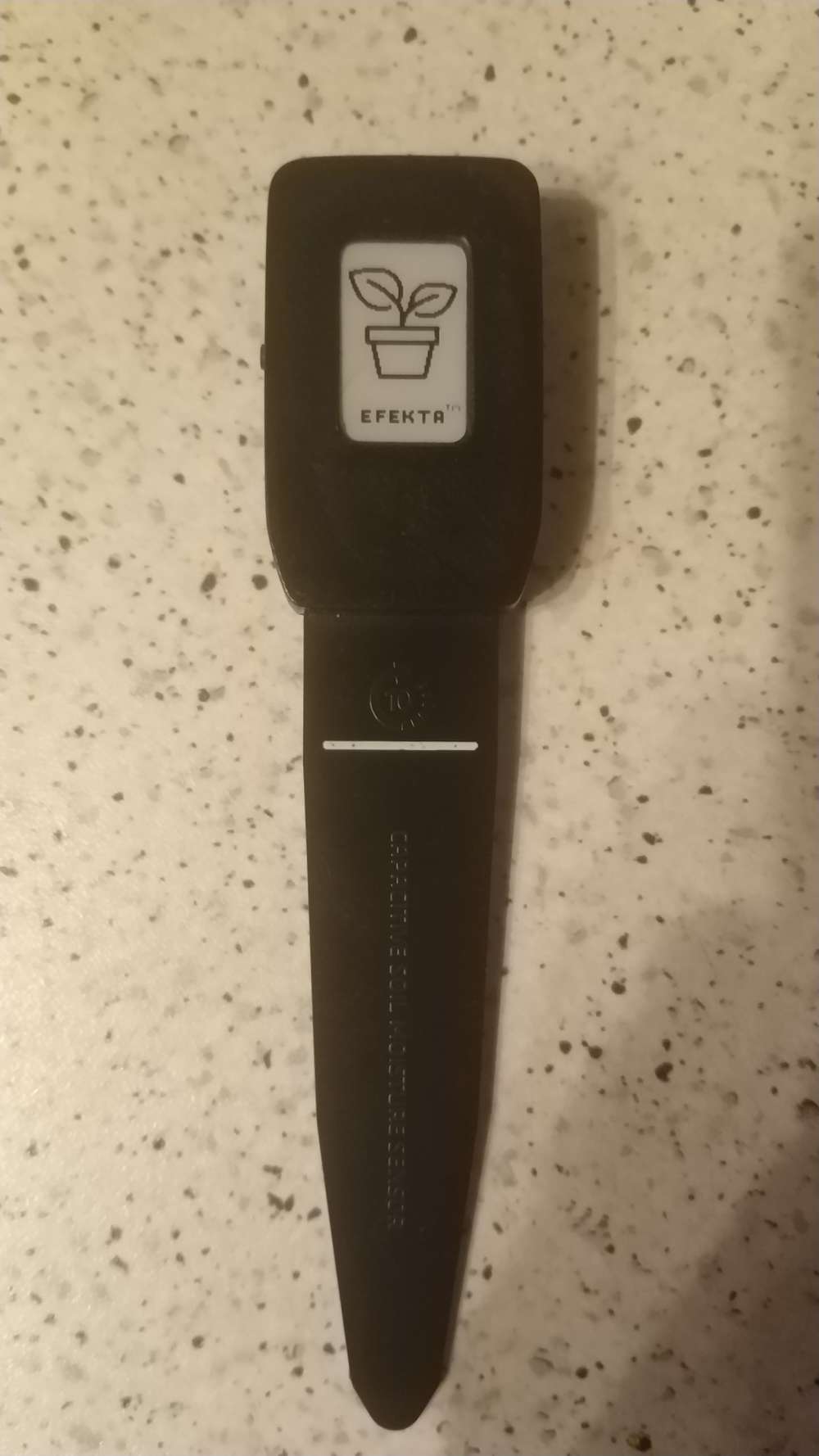
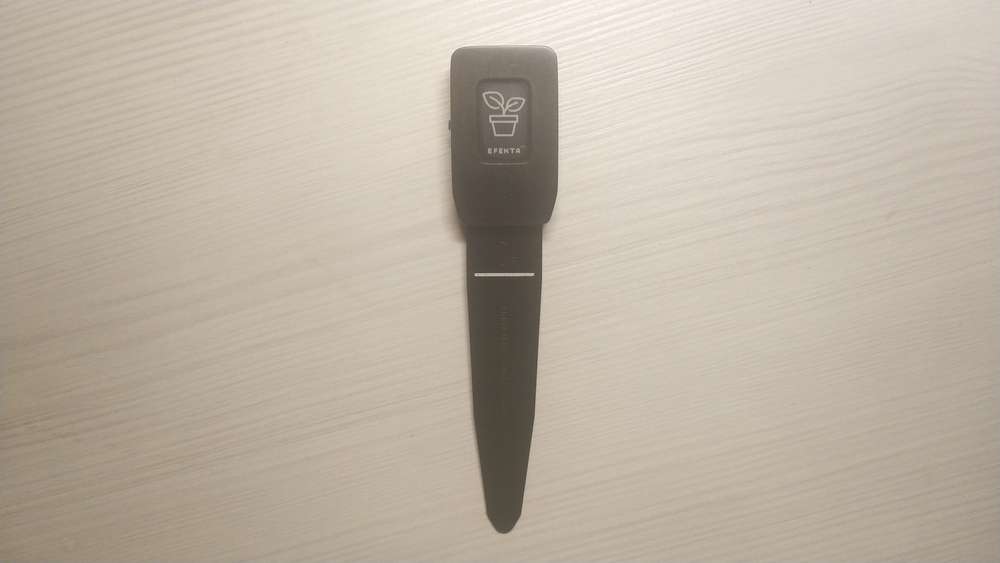
-
Winter time is tinker time!

This is a compact environmental sensor node with an E-Paper display. My goal was to have a decent screen-to-body ratio with a simple and minimalistic display, easy to read from a distance. It is the first design in which I did not use an ATmega MCU. It is also the first time that I used KiCAD instead of EAGLE, soldered no-lead SMD components and worked with an EPD.
- It features a SHTC3 sensor to measure temperature and relative humidity and a VEML6030 to measure the ambient light, so that I can toggle lights or other appliances in the room based on temperature, humidity or light conditions.
- I have also added a MEMS sensor (LIS3DH) to auto-detect the device orientation and rotate the EPD image accordingly and / or detect tap events to toggle between different display modes / data sets.
- It can be powered directly from a 3V source or use the optional 3.3V boost circuit which accepts 1.5V or 3V sources.
I finished soldering and testing all the components today and just started programming the rough "framework". Looks promising so far! But still lots to do, including finalizing the 3D printed enclosure. This is how it is supposed to look in the end:

@BearWithBeard said in What did you build today (Pictures) ?:
VEML6030
Take a closer look at the max44009 light sensor and the lis2dw12 accelerometer. You can save a few microamps.
-
First attempt at a modular NRF52805 based board. The smaller board has a Si7021 temp + humidity sensor and a BH1750 light level sensor, both I2C. Ideally, I should be-able to make other sensor boards with the same footprint as long as the sensors are I2C.
Also included:
- CR2032 Battery (~1.5 years between battery changes)
- 10P 0.5 FPC connector for programming and serial debugging
- 2 LEDs with solderable jumpers
- On/Off switch (I find this really useful, especially when fighting with coin batteries)
- RST button
- Secondary button that I use to force immediate readings
- Footprint for centered button for alternative use as a remote button (my most common MySensors node)
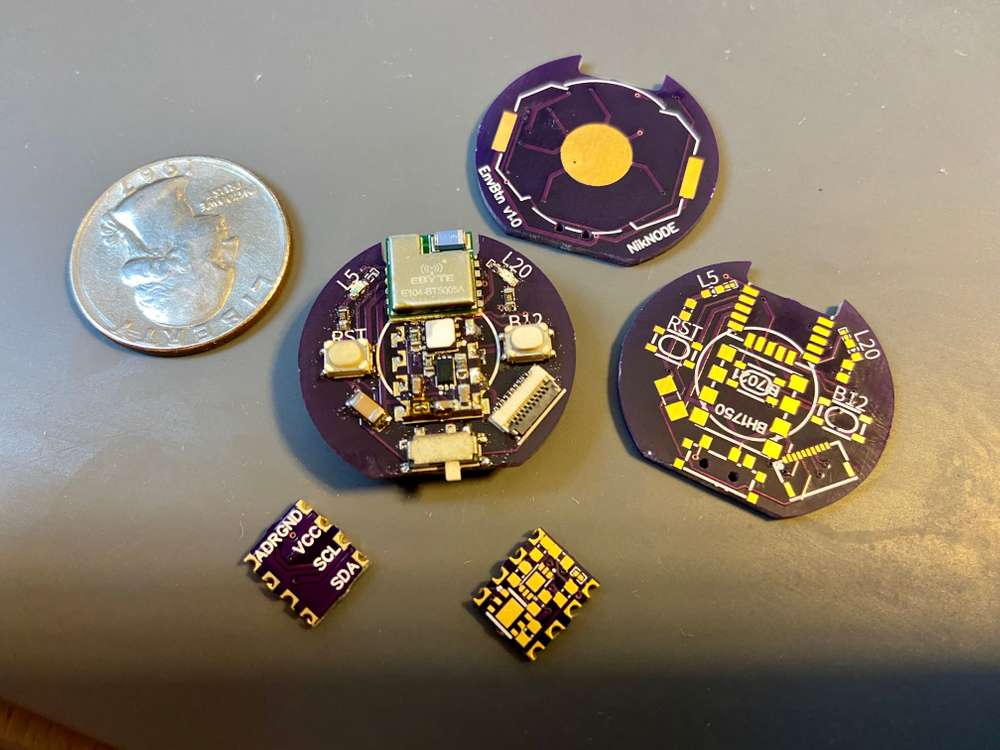
I'll post pictures of the enclosure when it's ready.
I'm also waiting on delivery of a slightly larger version of this board that holds a 2477 battery and a SMD PIR motion sensor.
-
First attempt at a modular NRF52805 based board. The smaller board has a Si7021 temp + humidity sensor and a BH1750 light level sensor, both I2C. Ideally, I should be-able to make other sensor boards with the same footprint as long as the sensors are I2C.
Also included:
- CR2032 Battery (~1.5 years between battery changes)
- 10P 0.5 FPC connector for programming and serial debugging
- 2 LEDs with solderable jumpers
- On/Off switch (I find this really useful, especially when fighting with coin batteries)
- RST button
- Secondary button that I use to force immediate readings
- Footprint for centered button for alternative use as a remote button (my most common MySensors node)

I'll post pictures of the enclosure when it's ready.
I'm also waiting on delivery of a slightly larger version of this board that holds a 2477 battery and a SMD PIR motion sensor.
@ncollins
Very, very beautiful project! I also already have several such radio modules from different manufacturers. Here are just these ebyte specifically, they are without dc-dc. ...I plan to transfer support from nordic sdk to sandeep mistry (just like I did with 52810 and 52811), but how do you flash them under mysensors? Maybe there is already some shorter way? -
@ncollins
Very, very beautiful project! I also already have several such radio modules from different manufacturers. Here are just these ebyte specifically, they are without dc-dc. ...I plan to transfer support from nordic sdk to sandeep mistry (just like I did with 52810 and 52811), but how do you flash them under mysensors? Maybe there is already some shorter way?@berkseo Thank you!
First, I made the compatibility changes to SandeepMistry. This was surprisingly easy. The SDK in SandeepMistry/nRF5-arduino does most of the heavy lifting. I had to modify a few of the precompiler conditions to exclude PWM, change some serial definitions, and update to new handler naming conventions: https://github.com/sandeepmistry/arduino-nRF5/pull/442
Then, I defined a new Generic NRF52805 variant in mysensors/ArduinoHwNRF5 and handled one assumption of LPCOMP: https://github.com/mysensors/ArduinoHwNRF5/pull/12
Last, I had to handle a few small assumptions in the MySensors library: https://github.com/mysensors/MySensors/pull/1461
-
Winter time is tinker time!

This is a compact environmental sensor node with an E-Paper display. My goal was to have a decent screen-to-body ratio with a simple and minimalistic display, easy to read from a distance. It is the first design in which I did not use an ATmega MCU. It is also the first time that I used KiCAD instead of EAGLE, soldered no-lead SMD components and worked with an EPD.
- It features a SHTC3 sensor to measure temperature and relative humidity and a VEML6030 to measure the ambient light, so that I can toggle lights or other appliances in the room based on temperature, humidity or light conditions.
- I have also added a MEMS sensor (LIS3DH) to auto-detect the device orientation and rotate the EPD image accordingly and / or detect tap events to toggle between different display modes / data sets.
- It can be powered directly from a 3V source or use the optional 3.3V boost circuit which accepts 1.5V or 3V sources.
I finished soldering and testing all the components today and just started programming the rough "framework". Looks promising so far! But still lots to do, including finalizing the 3D printed enclosure. This is how it is supposed to look in the end:

@BearWithBeard Very nice indeed!

